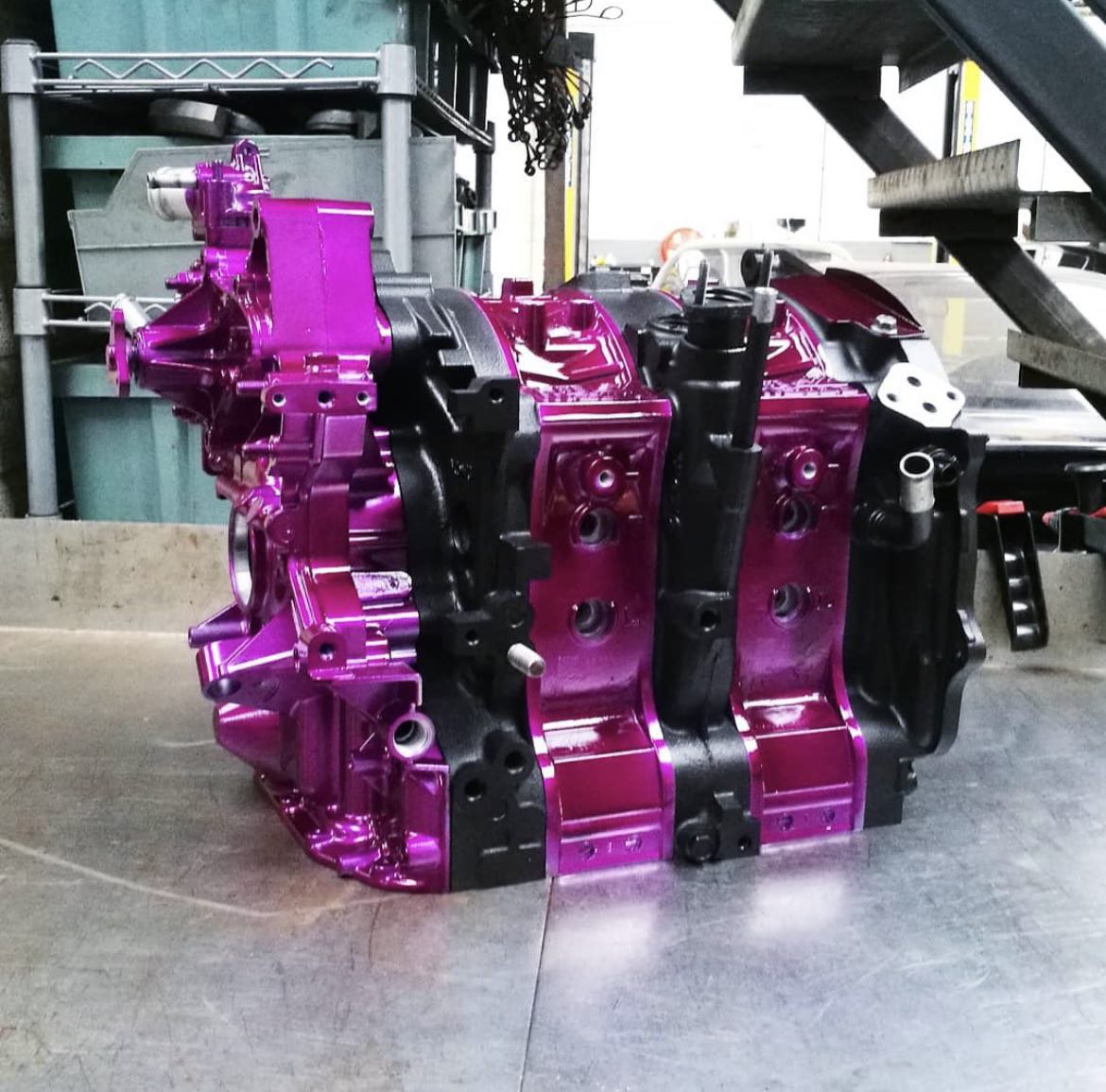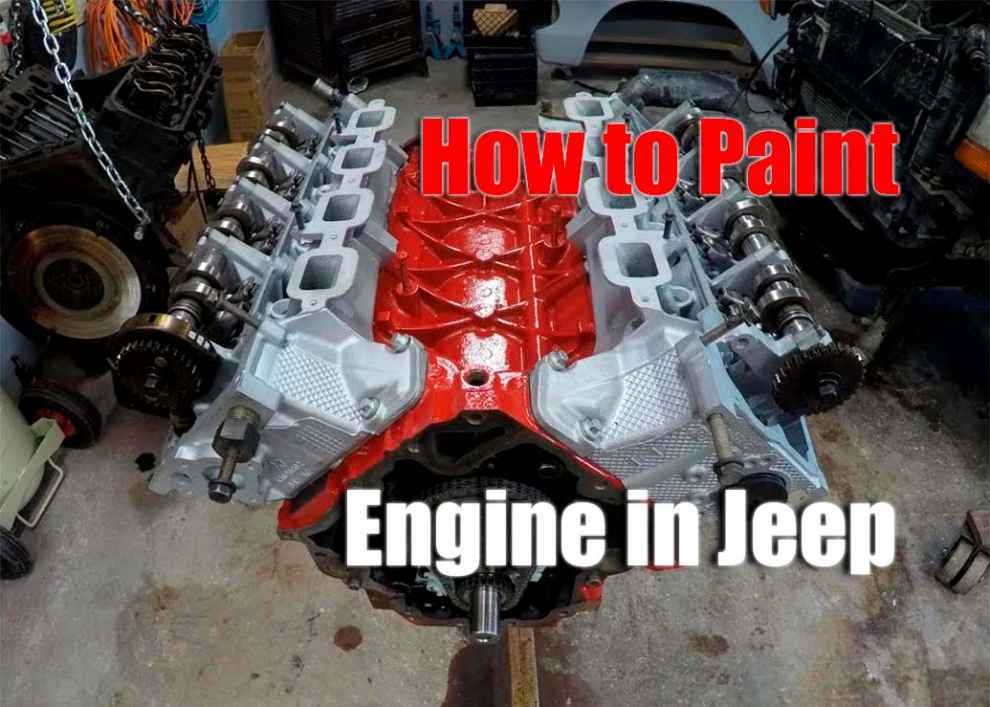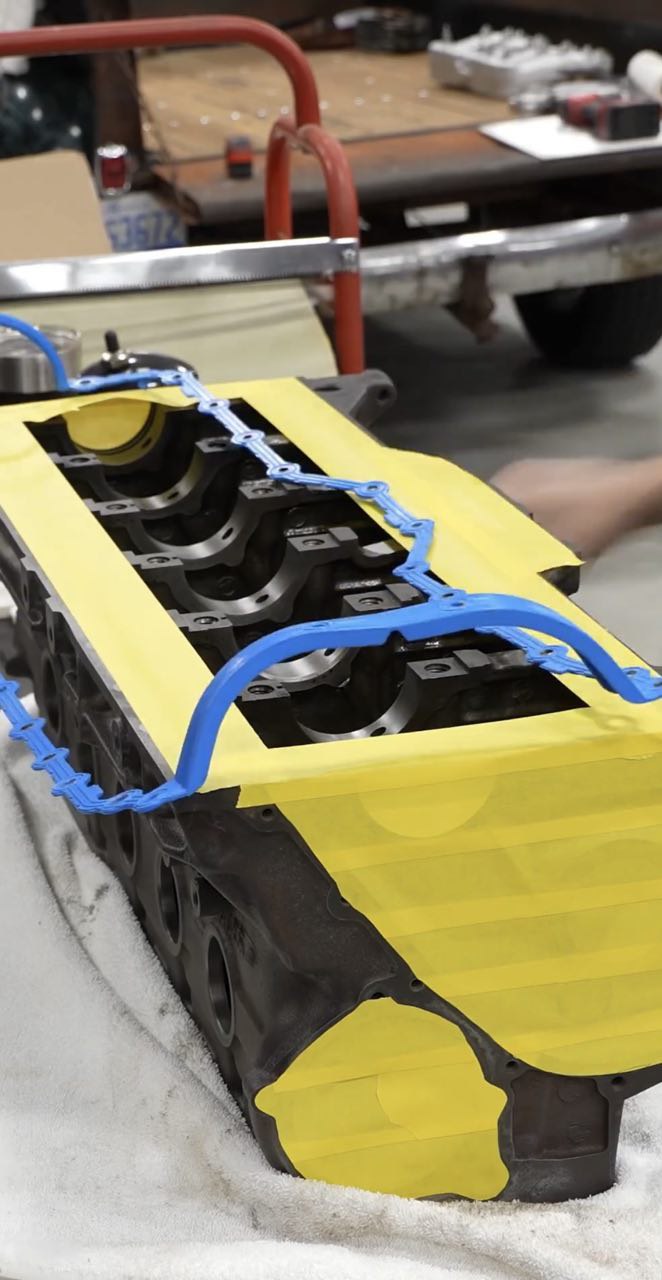If you’re a Jeep owner looking to give your vehicle’s engine a fresh look, this step-by-step guide on painting your engine is just what you need. Whether you aim to restore your engine’s appearance, protect it from corrosion, or simply want to add a personalized touch to your Jeep, this article will provide detailed guidance on the entire process. From preparing the engine for painting to applying the final coat and finishing touches, we’ll cover everything you need to know to achieve a professional-looking result. So, roll up your sleeves and get ready to transform the look of your Jeep’s engine with our comprehensive guide.
 Preparing the Engine for Painting
Preparing the Engine for Painting
Before you begin, it’s important to prepare the engine to ensure a great-looking finish properly.
-
Begin by removing all components from the engine that can’t be painted, including electrical and hoses.
-
Take the time to thoroughly clean and degrease the engine with a degreaser or solvent to remove any built-up dirt and grime.
-
Use a razor blade or putty knife to scrape off any rust, corrosion, or flaking paint from the engine’s surface.
-
Once you’ve prepped the surface of your engine, use sandpaper to smooth it out and create an even surface for painting. Be sure to use an appropriate grit for the size of your job – finer sandpaper is often recommended for smaller repairs – and be sure to take your time when sanding down your engine’s surfaces, as this will ensure a better finish in the long run.
Sanding and Priming the Engine
Once you’ve completed all these preparatory steps, it’s time to start sanding and priming the engine for painting. To ensure a smooth finish throughout the application, sand down your engine using 180-grit sandpaper until all surfaces are even and free from rust spots or imperfections. Once finished with this step, use a quality automotive primer suitable for metal surfaces to seal gaps between metal parts, such as valve covers, and prevent corrosion over time. Ensure that each coat is completely dry before applying another until enough coverage is achieved across all painted surfaces. Usually, two coats should suffice here, but let your primer package instructions guide you if more applications are required.
Applying the Paint
Now comes arguably the most exciting part of this process – applying paint! Make sure your surface is clean so bubbles will not form in midair when spray painting over them; when ready, choose an aerosol automotive paint specifically designed for metal surfaces from a reputable brand like Dupli-Color or Rust-Oleum Automotive Enamel Spray Paint suitable for use on engines (be sure to refer their product descriptions for specific model compatibility). Shake each can vigorously before beginning application; then spray back and forth evenly across all painted areas until they are fully covered. Keep an arms-length distance from each surface while spraying (approximately 12 inches). Let each coat dry before adding additional ones so there won’t be visible lines after drying (usually, two coats should suffice). Feel free to experiment with different colors if desired! After allowing appropriate drying times between applications (which can vary depending on environmental conditions), you’re now ready to move on to applying finishing touches and cleaning up afterward. Also read here about Best Paint for Jeep Hardtop.
Finishing Touches and Clean Up

Conclusion
Painting your engine is a great way to give your Jeep’s engine a new look and protect it from corrosion. With high-quality automotive paint, sandpaper, primer, and other equipment, you can easily transform the look of your Jeep’s engine without spending a fortune. Remember to take your time when prepping the engine for painting, applying coats of primer and paint evenly across all surfaces and adding finishing touches before cleaning up afterward. And there you have it – you’re ready to show off your freshly painted Jeep engine!

 Preparing the Engine for Painting
Preparing the Engine for Painting
Add Comment